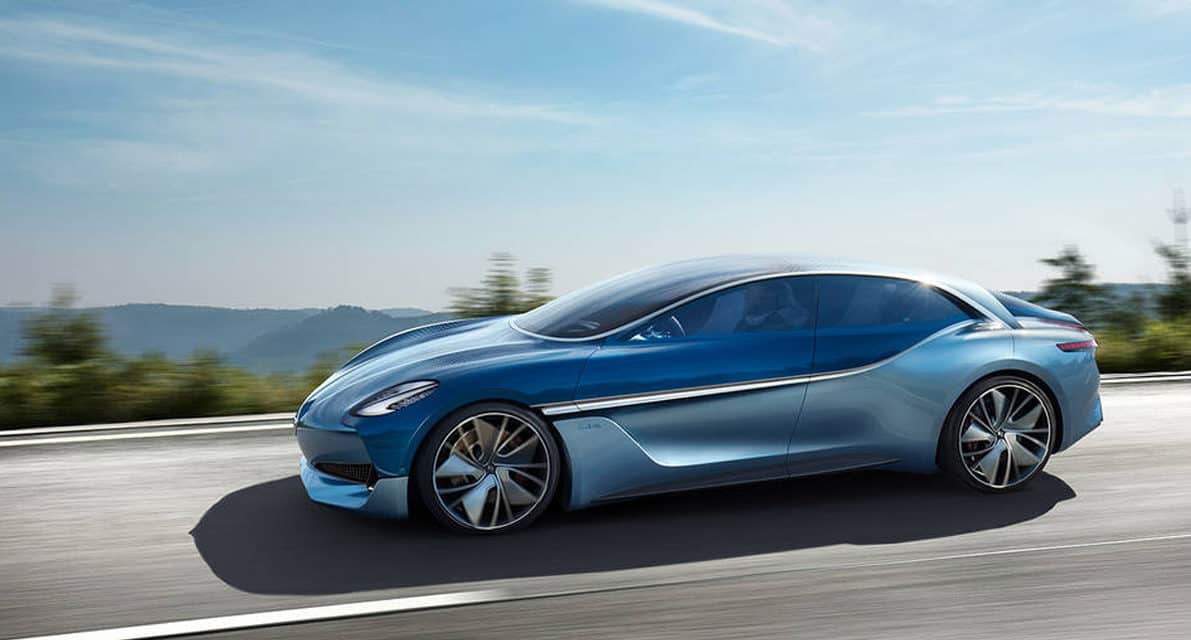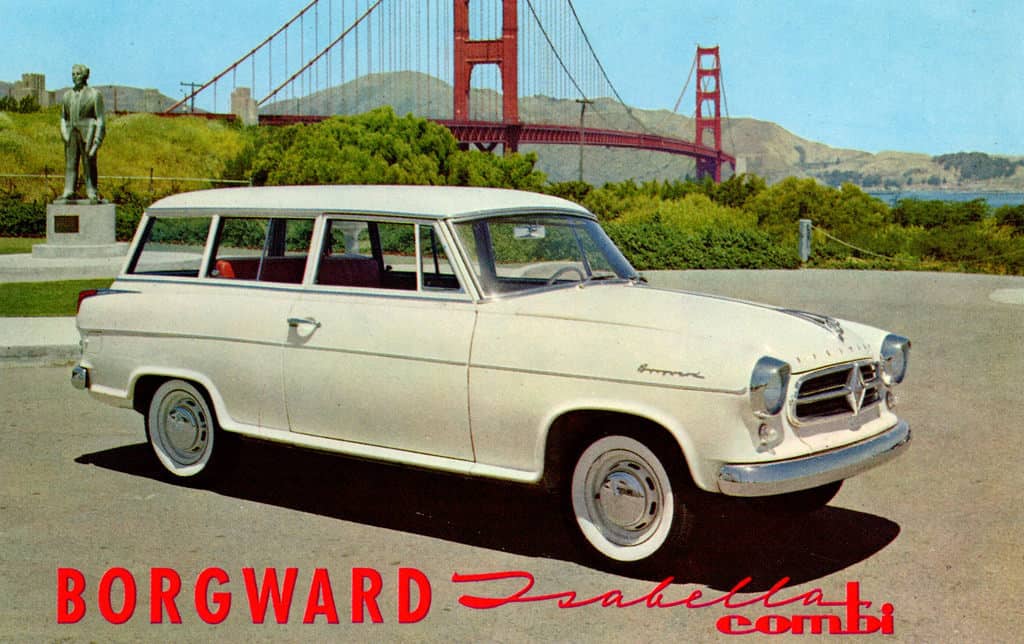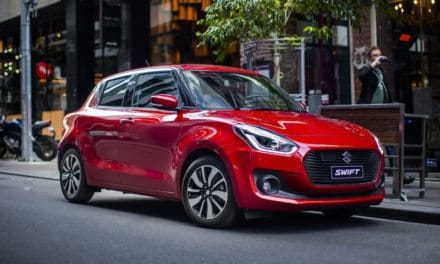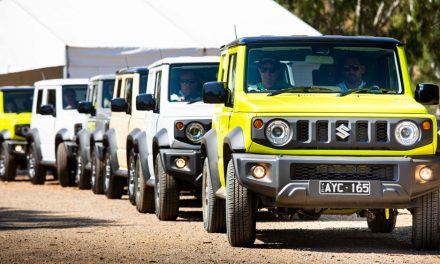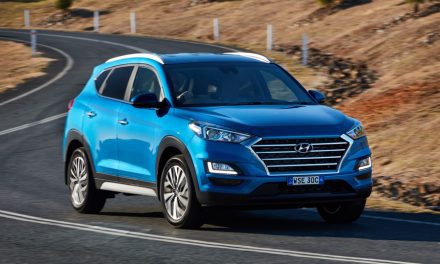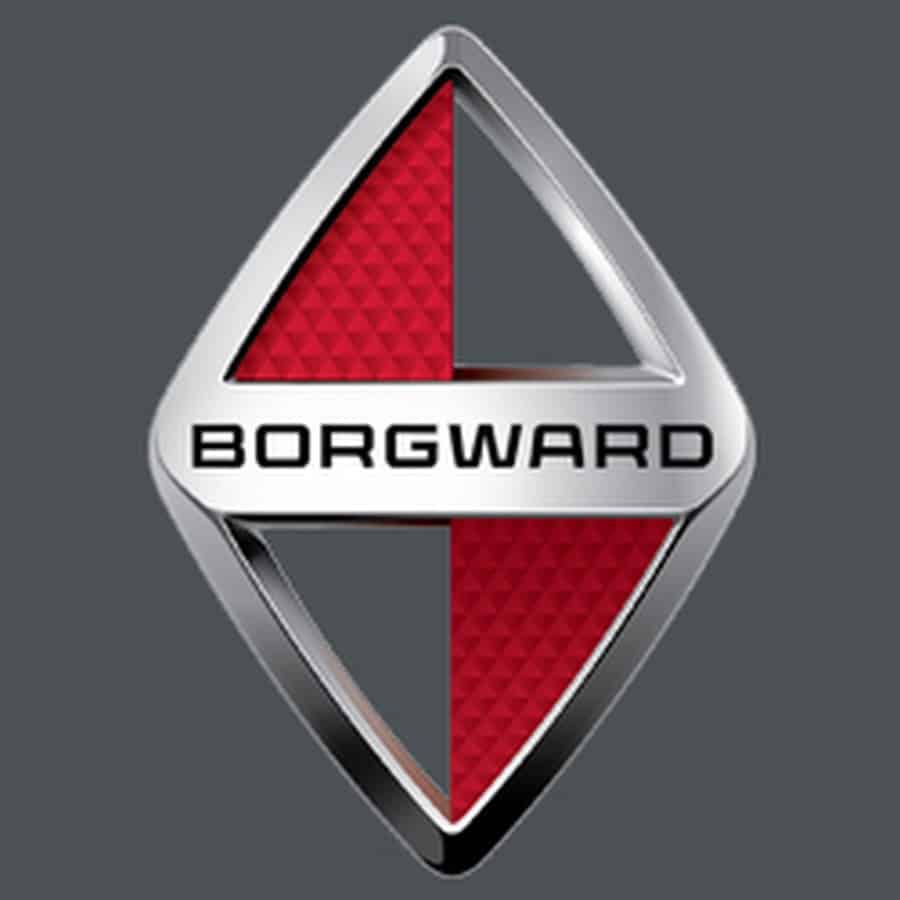
WHO remembers Borgward?
The German brand never was a big name in Australia, but it was very popular in Europe, the US and South Africa, among other countries.
Its products expanded into world markets from the mid-1950s to the early 1960s, when the brand disappeared – but it’s back in production, still linked to the same family that started it, but now no longer German. The Borgward is now made in China.
The company’s history is quite bizarre and goes back to 1924 when Carl Borgward built his little three-wheeled vans, called the Goliath Blitzkarren, or Lightning Carts, in Bremen, with most of the 1.5kW vehicles bought by German Post and traders needing low cost delivery vehicles.
He also snapped up Hansa Lloyd, which was in financial trouble and merged it with his own company to produce the Hansa Borgward sedan in 1937, and changed the name to Borgward 2000 in 1939.
The war years stopped production in 1942, but the company came back with a bang in 1954 with its Borgward Isabella.
It was an instant hit, with more than 11,000 sales in its first year.
It was a premium quality 1.5 litre two-door sedan, also made as a combi (wagon) and a bit later a smart 2+2 coupe as well as a cabrio, also emerged.
It was built on a monocoque frame, had coil suspension all-round and a swing axle at the back.
Transmission was via a column-mounted four-speed gearbox with a hydraulic clutch and the engine produced 45kW, giving it a top speed of 130km/h. A high performance TS version was also produced.
It was a highly tuneable engine and many a Borgward motor was transplanted into single seater racing cars, among them Cooper.
In fact it was Borgward power that gave Cooper the 1959 International Cup for F1 Manufacturers, leaving Lotus, BRM, Ferrari, Mercedes et al in its wake.
The famous Stirling Moss was one of its biggest fans.
Borgward also produced a few aluminium-bodied sports cars.
Other cars under the Borgward umbrella were the Goliath, the Lloyd – some assembled and sold in Australia as Lloyd-Hartnetts – and the Arabella, a rakish Frua-designed 900cc four-cylinder front-wheel drive coupe that lifted its outside rear wheel like a dog at a lamppost under hard cornering.
One was raced at Grand Central, near Pretoria, by Sarel van der Merwe, father of the more modern day international racer of the same name.
The car wasn’t a winner at Grand Central, but it sure was a favourite with the photographers.
Nearly 33,000 were produced in 1960, but that dropped to 600 in 1962 as Borgward faced some banking problems that led to the respected company’s controversial demise.
Exactly what happened has never been clarified.
The left-wing Bremen authorities, reputedly angered by Herr Borgward’s right-wing stance and success, said the company was insolvent. Carl Borgward was adamant it was fine and all accounts were up to date, but the red tape government monkeys were relentless in their pursuit of the company.
There were also rumours that rival BMW instigated the probe into Borgward’s state of health (BMW was itself in dire straits at the time) but they too, were unproven and the Untouchables of Bremen quickly took control, shut down the Borgward plants and sold off the assets.
Carl Borgward, his spirit broken, died in 1963 aged 73.
He had set up a joint venture with a company in Argentina in 1954, but that closed soon after the doors in Bremen closed in 1961 and then a company in Mexico acquired manufacturing equipment for the Isabella and a larger model called the P100, but the Monterrey plant also went belly-up in 1970.
It took close on 50 more years before the once-famous diamond brand re-emerged from the ashes.


In 2008, Christian Borgward, old Carl’s grandson, teamed up with former Saab and Daimler PR officer Karlheinz Knöss and Chinese giant Beiqi Foton Motor.
After a lot of behind the scenes work, a compact luxury SUV range, emerged in 2015.
There were a 1.8 and a 2.0litre turbo four-cylinder models and a year later the BX7 was also available as a hybrid.
Now Borgward has just shown its latest Isabella — the original company’s most successful model— as a fully electric car.
The ultra modern concept s the work of former BMW and Mini designer Anders Warming.
The futuristic machine has a dashboard devoid of buttons or knobs and appears to be controlled via a touchscreen.
Although most of modern-day Borgward’s range is produced in China, the company says its electric models will be built in Germany. In Bremen? Probably not.
The brand’s products will be launched in markets in the Middle East – i saw them on display at the Dubai Motor Show in January – Germany and South America late this year, and soon after in other Euro markets.
It’s doubtful it will return to Australia. But who knows?
And did I mention I got my driver’s licence in a Borgward? Back in 1958, in my dad’s white Isabella Combi.

